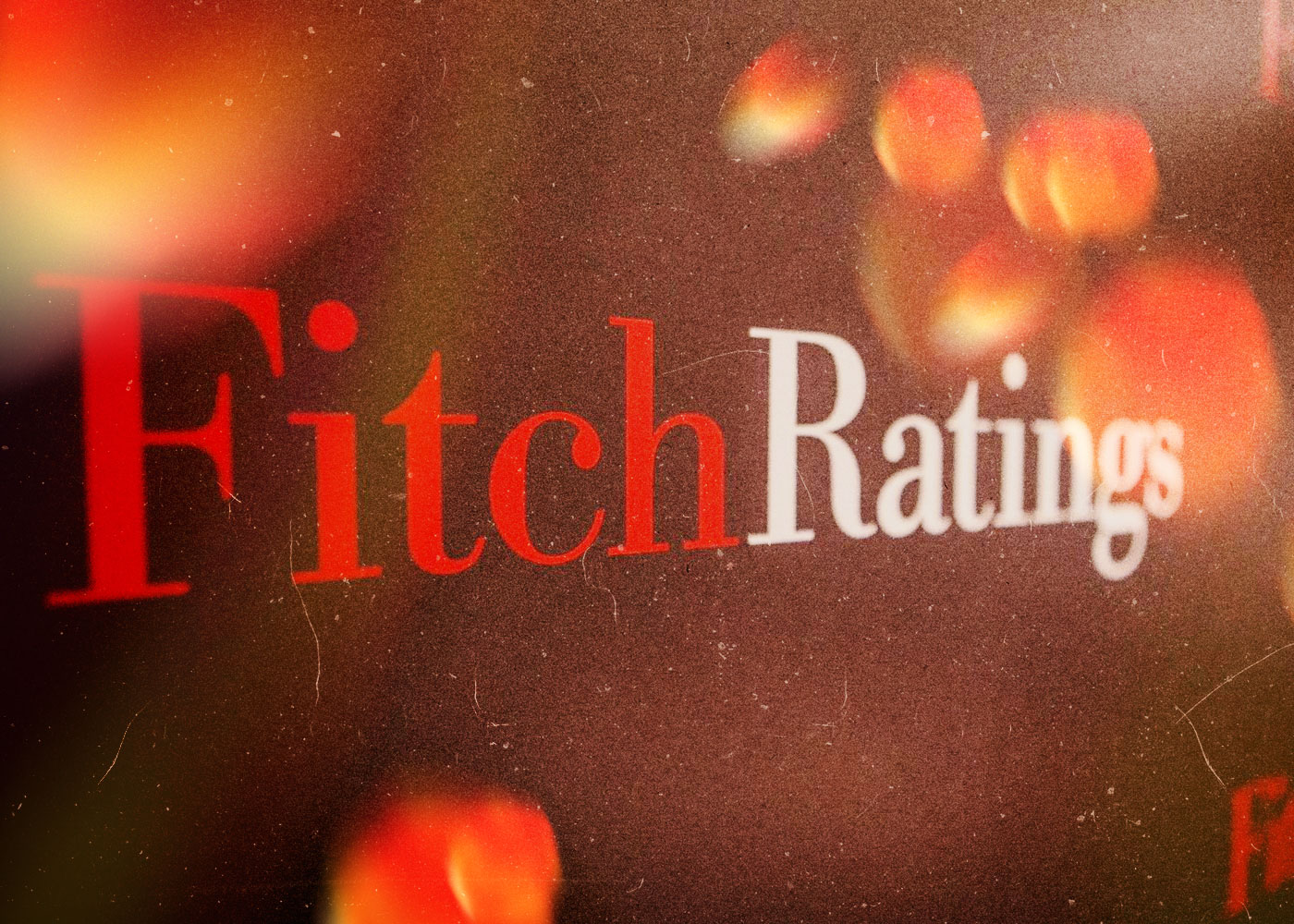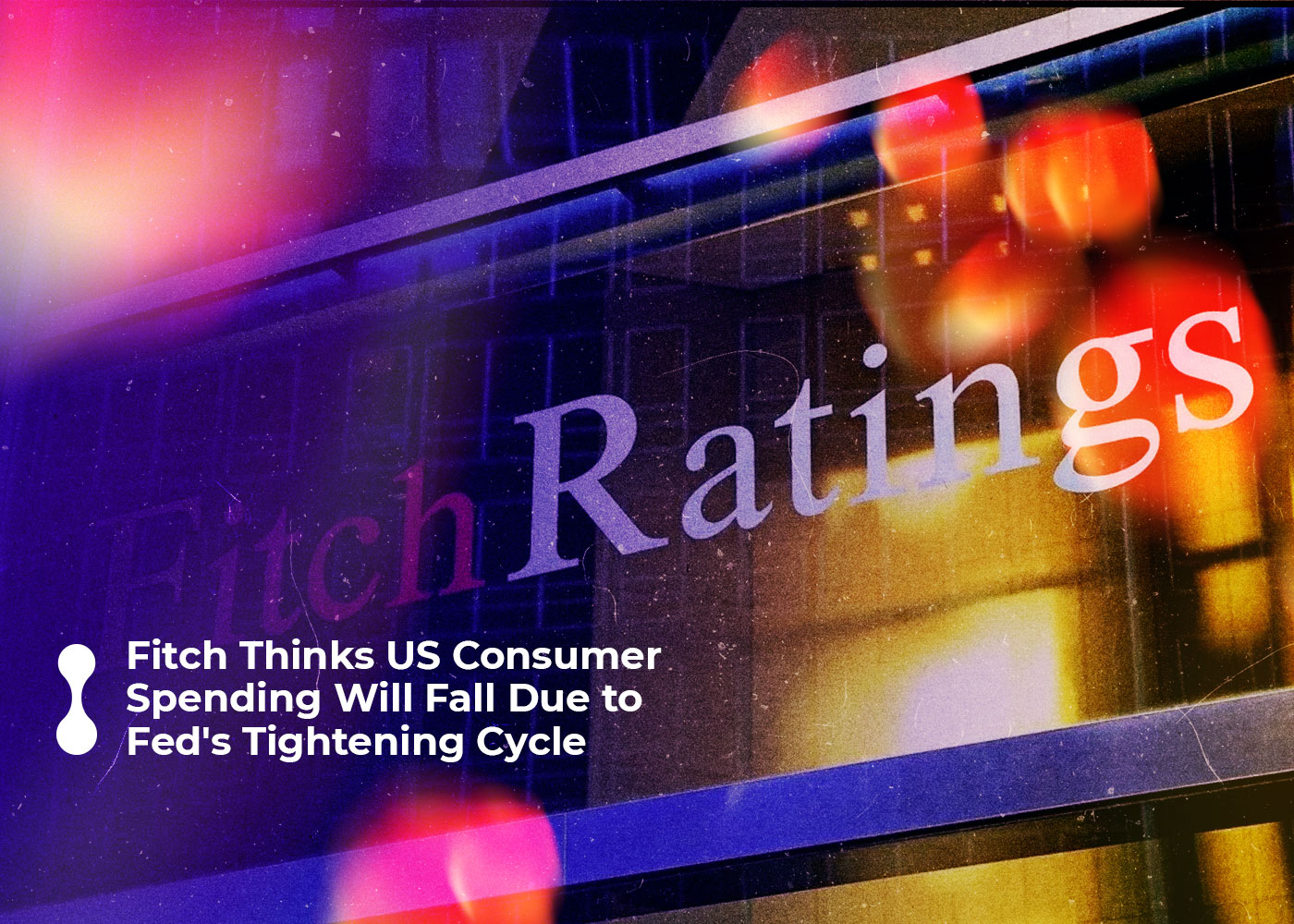In the US, consumers began to spend less money! It was reported in the statement made by Fitch that consumer spending in the USA is expected to decline to 0.2 percent in 2023 from 2.8 percent in 2022, slowing down and reflecting the lagged effect of monetary tightening on demand as well as the ongoing impact of high inflation on real incomes. The aggressive tightening cycle of the Fed will further reduce consumer spending in the USA in 2023, according to what was noted in the statement.
Although consumer confidence grew moderately, real consumer spending and income growth remained weak. In fact, two of the last three months saw negative spending on durable goods and decelerated services expenditure – resulting in declining levels of real customer spending.
Inflation Is Still High Despite Consecutive Rate Increases
Olu Sonola, the Head of Fitch’s US Regional Economy, declared that while there have been recent decreases in inflation rates, they remain stubbornly elevated, prompting the Fed to be increasingly worried about inflation becoming permanent. According to his statement, it is believed that interest rates will reach 5 percent come March and stays at this level for all of 2023. He further highlighted that inexorably rising core prices before any rate cuts should continue despite a predicted reduction in energy and food costs over 2023.

Fitch: The Covid Pandemic Has Shaken The Economy More Than It Seems
In stark contrast, Fitch‘s other declaration illuminated that after the staggering influence of Covid-19, the impetus aiding to reduce public debt in America relative to its Gross Domestic Product (GDP) rate has decreased. The statement further revealed that as interest payments expand and cost-of-living measures rise, expenditure will also climb; meanwhile, slowing economic growth and plunging inflation will obstruct recent remarkable income hikes.
The official statement communicated that budget deficits will continue to grow, and debt-to-GDP ratios are projected to rise in the upcoming two years. In addition, consumer spending predicaments related to health care and social security are estimated to grow steadily over the next decade.
